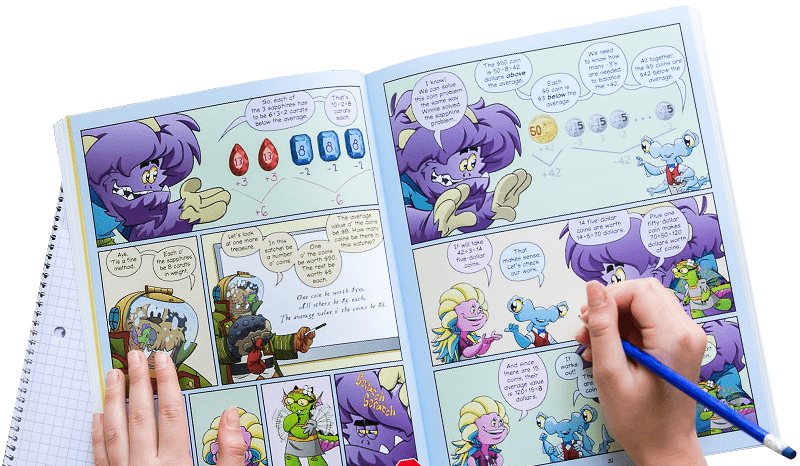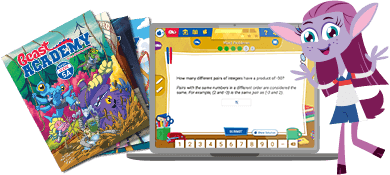Trashketball
Practice your aim, and your addition, with this flexible fun game!
Instructions
Trashketball is a simple game. There are only two rules: 1) have fun, and 2) keep score. The fun part is throwing paper balls into a waste basket. Sit or stand a certain distance away, crumple up some paper, and start throwing!

If your younger child is struggling to make a shot, add a basket or two.

Keeping score is where the math comes in, and there are as many ways to keep score as you can dream up. Pick a scoring system tailored to your child's age and level of math ability. Here are two possibilities. (And see Variations below for more.)
Standard Scoring: This is a good one for kids just learning to count. Each time you make a shot, you get a point. For young kids, play collaboratively and count as you go: "We made 6 last time. Think we can make more this time?"
Or see who can make more shots. You can do this by having each player keep count as you play. Or you can each have a designated basket you're aiming for, then count the total in each afterwards. Or you can each throw different colors of paper, then count the total of each color afterwards.
Mystery Points: This is a really fun one, and good for the kid with, shall we say, "less than perfect" aim. (Or the adult, for that matter.) Let's say one player is red, and the other blue. Write the numbers 1 through 10 on pieces of paper in red. (Or better yet, let your child write the numbers.) Crumple them up as you go.

Then write the numbers again, but this time in blue. (You can of course use colors other than red and blue, or numbers other than 1 through 10.) Once all the numbers are written and every piece of paper is crumpled, mix up all the paper balls. Then, have fun trying to make some baskets. As you do, you won't know whether you are throwing red or blue, so don't worry about it. (Just work on improving your aim.)
Once all the paper balls have been thrown, take them out of the baskets and un-crumple them. Add up the total red points and the total blue points. Whichever player has more points of their color wins!
There are many, many ways to vary this game, so be sure to take a look at Variations below. Regardless of how you keep score, look for opportunities to sneak in some math talk: "Which basket has more? How many more? How many shots did we make all together? How many did we miss?"
Don't forget: it's Beast Academy Playground, not Beast Academy Study Hall. Change the rules, be silly, make mistakes, and try again. The Variations and Learning Notes are here for you if you want to dive deeper, but not all of them apply to learners of every age. The most important thing is to have fun.
What do you think of this activity?
We're always looking to improve. Submit your feedback to us below.
- trashcan
- paper
- markers
- counting
- addition
- comparison
- skip-counting
- writing numbers
- pairs that add to ten
- subtraction
- K.CC.A.3
- K.CC.B.4
- K.CC.B.5
- K.CC.C.6
- K.CC.C.7
- K.OA.A.4
- K.MD.A.1
- K.MD.A.2
- 1.OA.C.6
- 1.NBT.B.2
- 1.NBT.C.4
- 2.OA.B.2
- 2.NBT.A.2

Ready to level up?
Keep problem solving with Beast Academy’s full math curriculum for students ages 6–13. Check out our captivating comic book series and immersive online platform.
LEARN MOREBring problem-solving to your classroom
Keep your entire class engaged with a full book and online math curriculum, for students ages 6–13. 98% of teachers say they’re satisfied with Beast Academy.
LEARN MORE



Ready to level up?
Keep problem solving with Beast Academy’s full math curriculum for students ages 6–13. Check out our captivating comic book series and immersive online platform.
LEARN MOREBring problem-solving to your classroom
Keep your entire class engaged with a full book and online math curriculum, for students ages 6–13. 98% of teachers say they’re satisfied with Beast Academy.
LEARN MORE
Sign up to be notified when new videos are released.















































